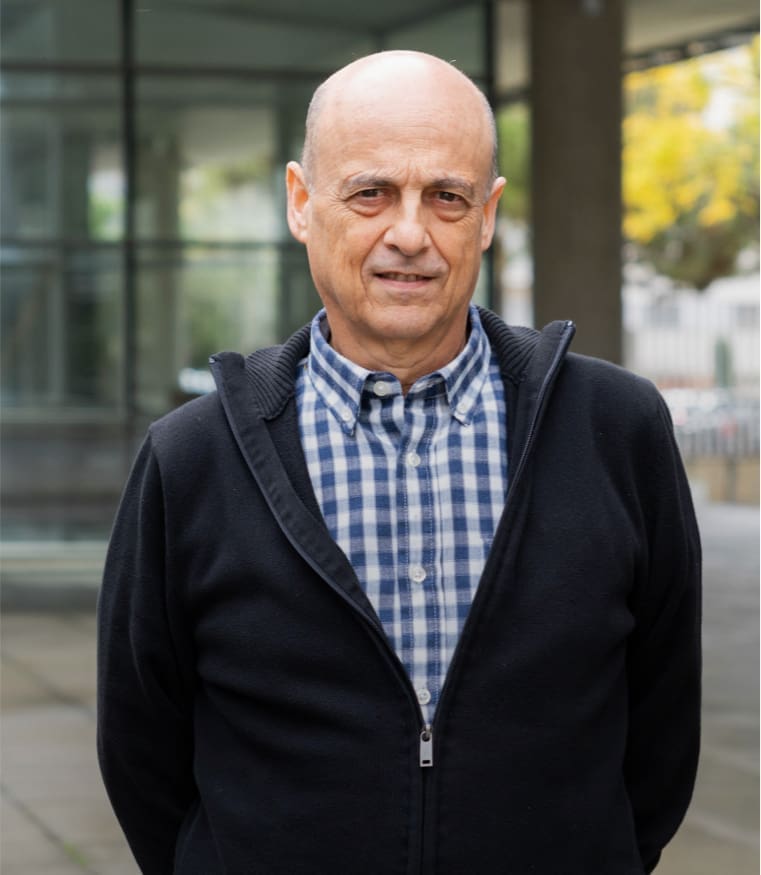Molecular catalyst coordinatively bonded to organic semiconductors for selective light-driven CO2 reduction in water
The selective photoreduction of CO2 in aqueous media based on earth-abundant elements only, is today a challenging topic. Here we present the anchoring of discrete molecular catalysts on organic polymeric semiconductors via covalent bonding, generating molecular hybrid materials with well-defined active sites for CO2 photoreduction, exclusively to CO in purely aqueous media. The molecular catalysts are based on aryl substituted Co phthalocyanines that can be coordinated by dangling pyridyl attached to a polymeric covalent triazine framework that acts as a light absorber. This generates a molecular hybrid material that efficiently and selectively achieves the photoreduction of CO2 to CO in KHCO3 aqueous buffer, giving high yields in the range of 22 mmol g−1 (458 μmol g−1 h−1) and turnover numbers above 550 in 48 h, with no deactivation and no detectable H2. The electron transfer mechanism for the activation of the catalyst is proposed based on the combined results from time-resolved fluorescence spectroscopy, in situ spectroscopies and quantum chemical calculations.

Wang, J.-W.; Zhao, F.; Velasco, L.; Sauvan, M.; Moonshiram, D.; Salati, M.; Luo, Z.-M.; He, S.; Jin, T.; Mu, Y.-F.; Ertem, M.Z.; Lian, T.; Llobet, A.
Nat Commun 2024, 15, 9779
DOI:
10.1038/s41467-024-54026-2

Let's create a brighter future
Join our team to work with renowned researchers, tackle groundbreaking
projects and contribute to meaningful scientific advancements



















